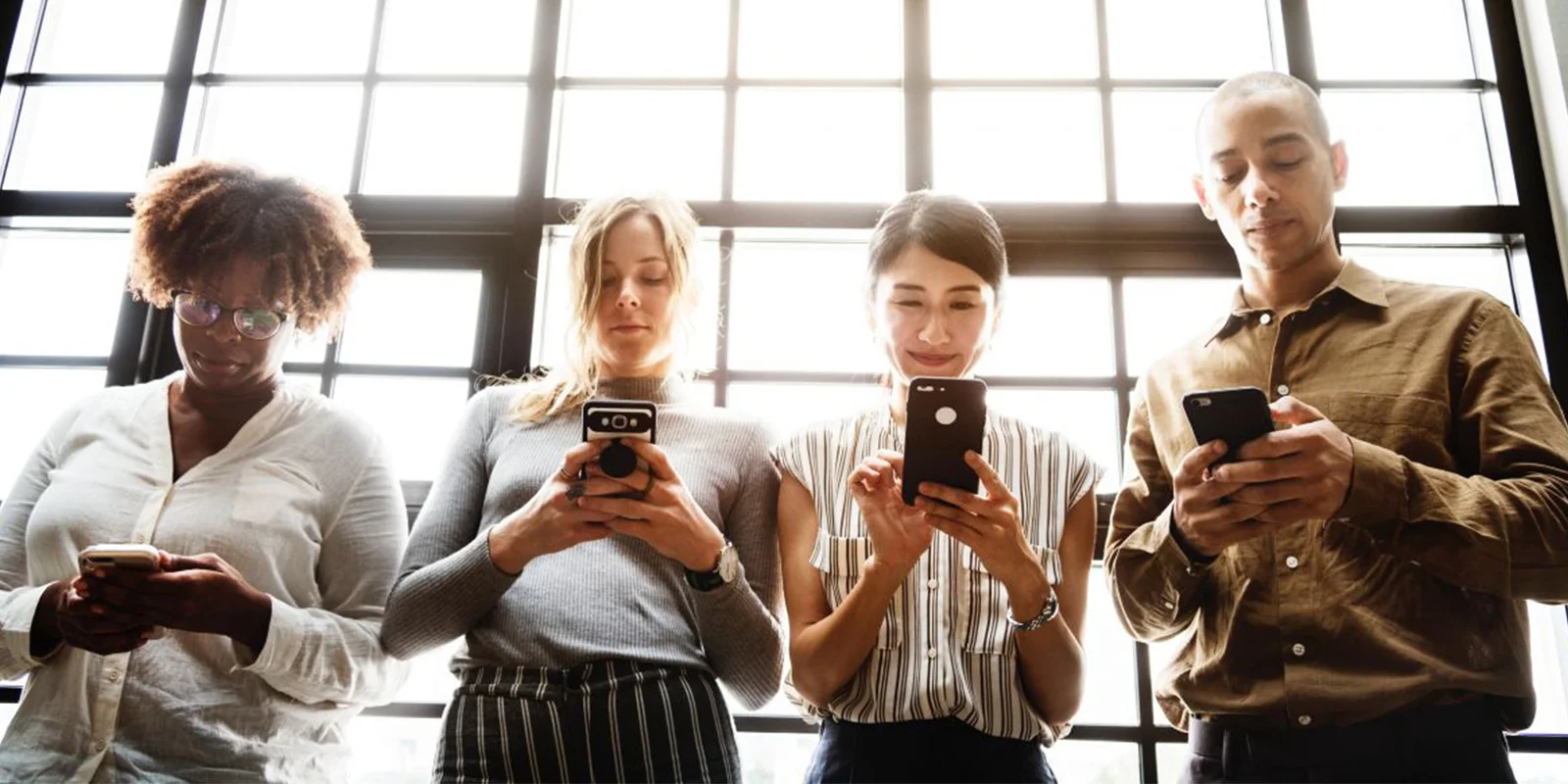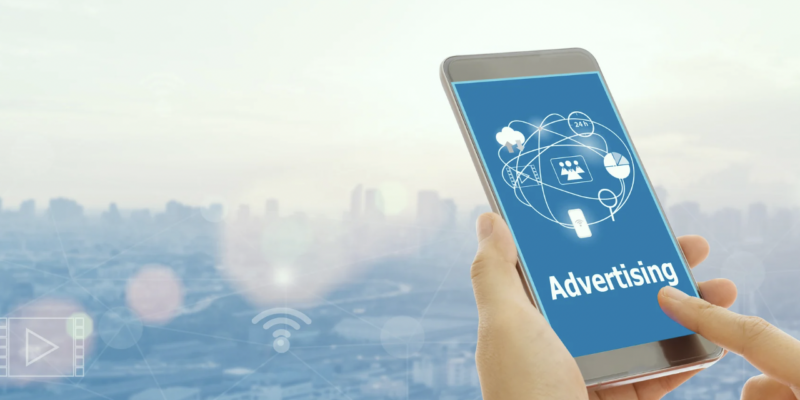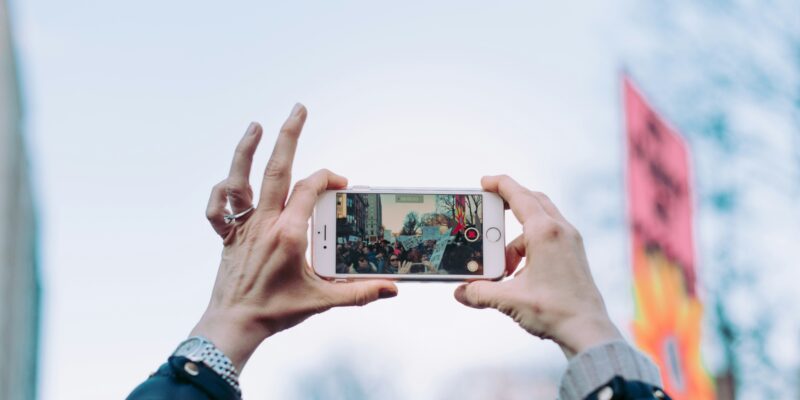
Looking Ahead: What's Trending on Social Media in 2019
What do we need to know about social media in the year to come?
As the year draws to a close, the internet fills up with trend predictions and overviews of what’s to come. Here’s an aggregated view of the top trends folks are predicting we’ll see on social media over the next year, first in a quick bulleted list, then expanded below.
-
user growth in the United States has stalled
-
stories are supplanting news feeds as dominant storytelling mode
-
chatbots are helping organizations respond more quickly and privately to commonly posed questions
-
recommendations regarding influencer marketing have narrowed in scope; keep an eye out for the rise of micro-influencers
Growth on the biggest platforms has plateaued—or even shrunk—among US users.
According to Recode: “Facebook, Twitter and Snapchat are no longer adding new users in the United States. Facebook’s daily user base has been the same for the past three quarters. Twitter and Snapchat have both lost users in the U.S. or North America, respectively, in back-to-back quarters.”
Reverberations of 2018’s revelations of privacy breaches; lack of trust in Facebook coupled with younger users disregard for the platform leading to lower engagement.
How we communicate on social media is changing, starting now. Stories are growing 15X faster than newsfeeds.
Stories, a storytelling style pioneered by Snapchat and copied to great success by Instagram (owned by Facebook), are videos and still images that disappear after 24 hours. They’re often shot vertically, relatively low in production quality, and capture apparently spontaneous moments.
Many experts predict the stories model will supplant news feeds as primary way of receiving content across platforms. Here are 4 tips from Fast Company on how to succeed with stories.
More “private” online spaces are gaining traction over the public square, contributing to a rise in tools like chatbots.
Automated messaging bots, also called chatbots, streamline certain interactions. For example, a chatbot on Facebook Messenger could be programmed to automatically answer simple questions like “When is the event today?” or “How can I sign up for the email list?”—thereby saving your staff time and boosting your page’s performance.
Over 300K bots were created on FB this year, up from 100K in 2017.
Other ways this trend may show up: a movement toward closed Facebook groups and smaller messaging groups on a variety of platforms (Slack, Discord, WhatsApp, and beyond). Instagram is testing a direct messaging app to replace users’ inboxes.
Instead of huge celebrities, brands and organizations are working more with “micro-influencers”—folks with medium-sized followings.
There’s more trust within niche communities, and more authenticity. The rise of Instagram influencers has created a whole ecosystem of fake sponsored content. This ecosystem, where followers are so accustomed to seeing sponsored content that it’s nearly meaningless, means that people who have built dedicated followings but aren’t in pursuit of superstardom stand out from the crowd.



